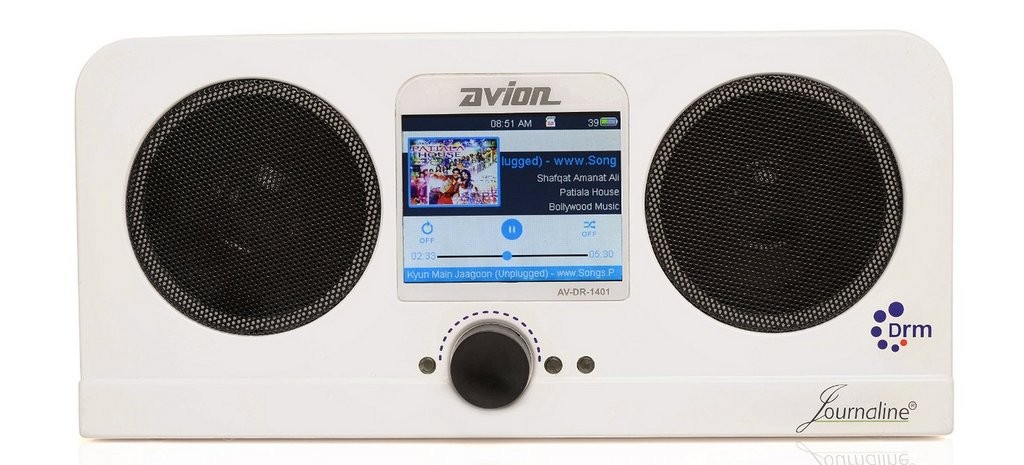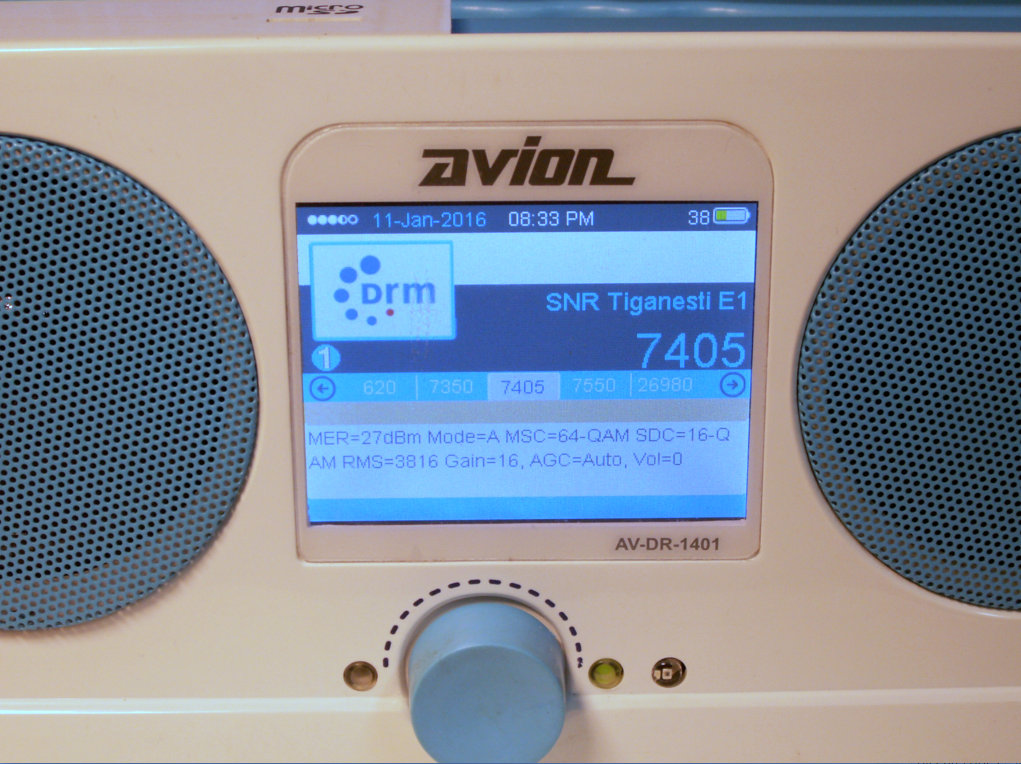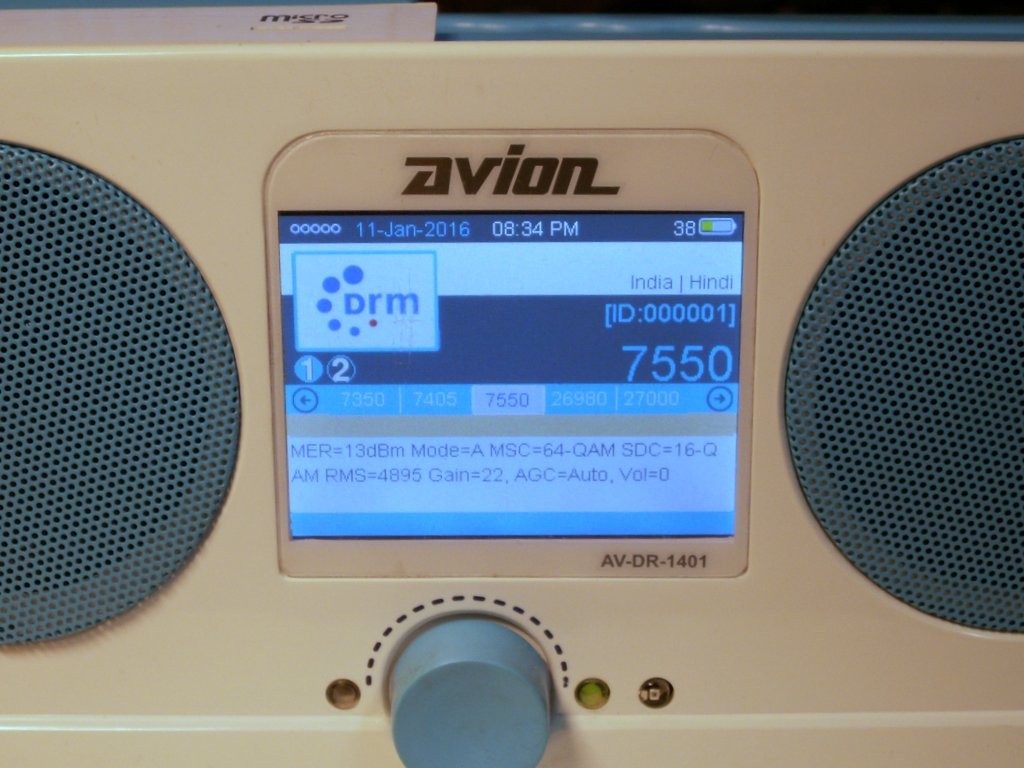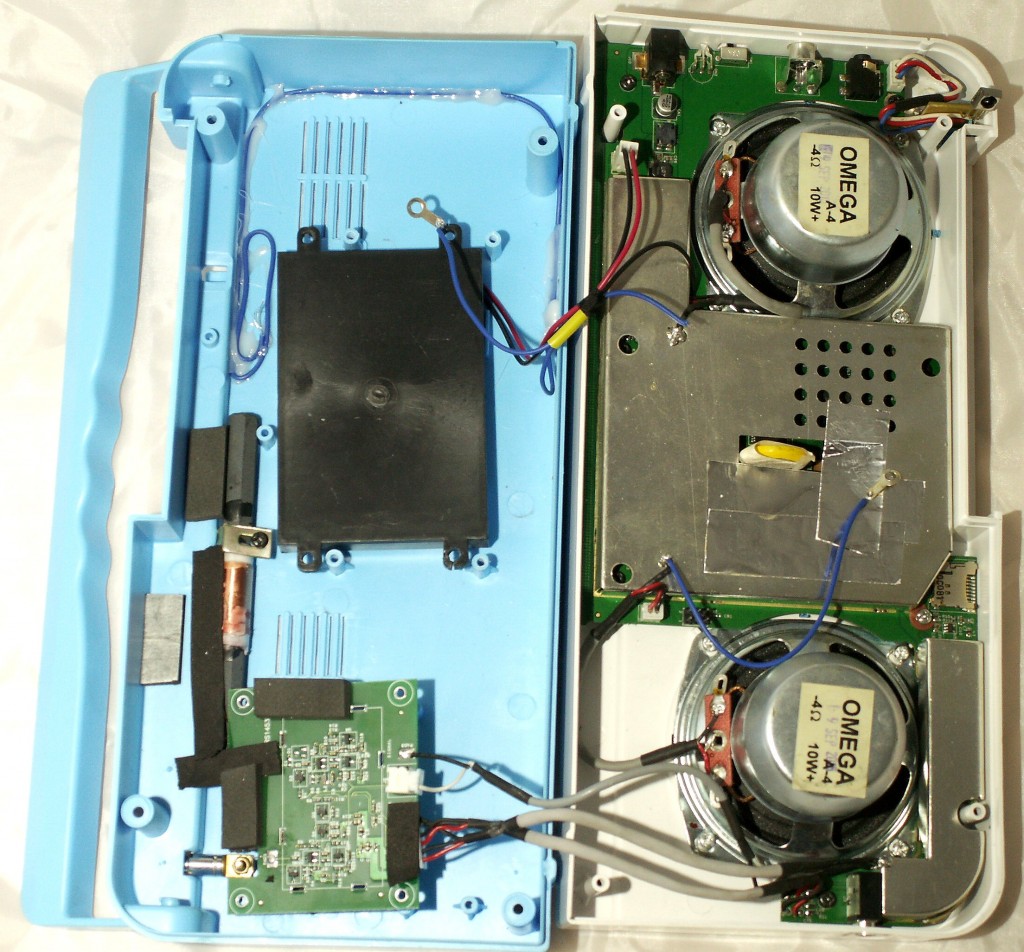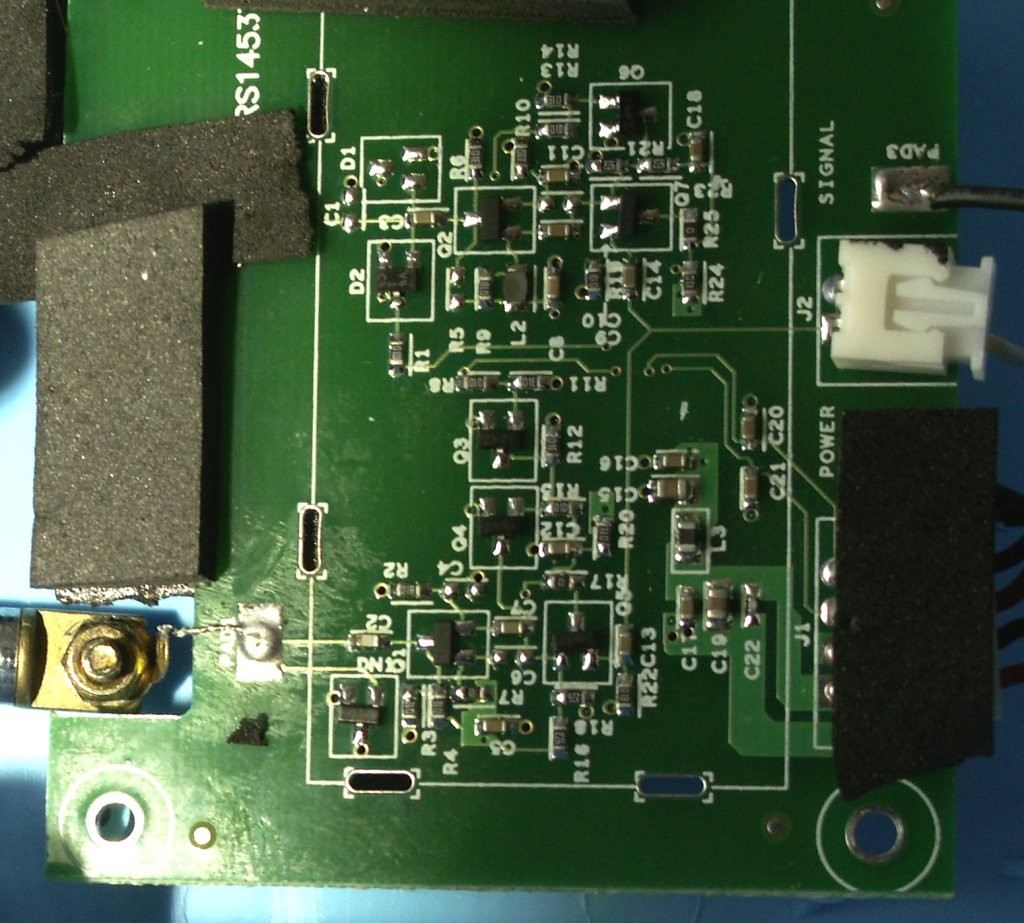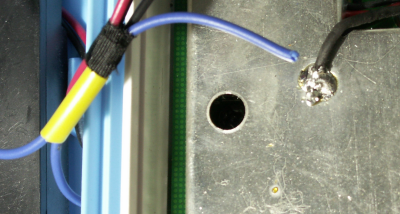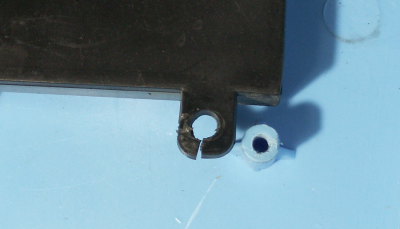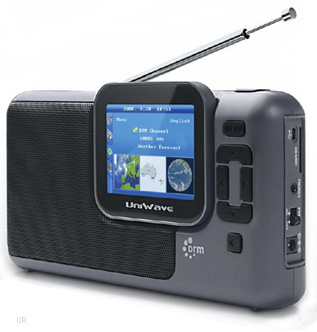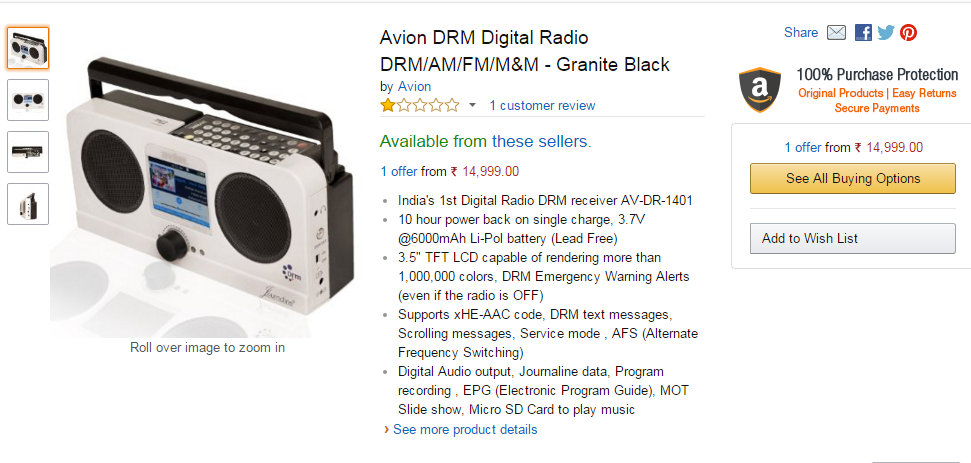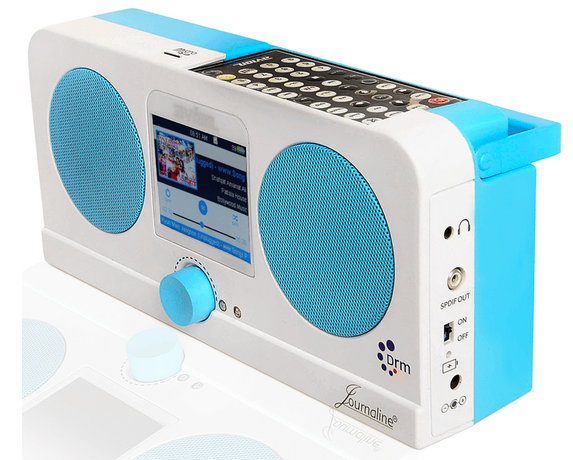Many thanks to SWLing Post readers, Cap and Bill, who both shared this press release from the DRM consortium:
(Source: DRM Consortium)
 First DRM European Workshop “Flexible and Complete Digital Radio for Europe”
First DRM European Workshop “Flexible and Complete Digital Radio for Europe”
asks European Stakeholders to Support and Manufacture DRM and DAB+ Receivers
Following from a very successful General Assembly, the Digital Radio Mondiale (DRM) Consortium, and the German DRM Platform held a most comprehensive European workshop hosted by Fraunhofer IIS in Erlangen, Germany from 6th to 7th April 2016.
This was a first such DRM event aimed at offering solutions to all broadcasters large or small. During their presentations and discussions participants stressed that DRM is the ITU endorsed and internationally adopted standard for the distribution of programmes internationally, nationally and up to local coverage level. DRM can also provide an economic and complementary solution to exactly those coverage scenarios that the established DAB/DAB+ networks in Band-III were never designed for.
Following their deliberations the participants urged all stakeholders of Digital Radio in Europe – including European organisations, regulators, broadcasters and the receiver and automotive industry – to embrace publicly the duality and complementarity of the open DRM and DAB standards as the complete Digital Radio solution for Europe (and worldwide). This means a digital future for all broadcasters, offering more programme choice to listeners, extra multimedia services with text and images, increased energy savings and spectrum efficiency. The participants ask ‘all European stakeholders to promote actively the manufacturing and distribution of multi-standard Digital Radio receivers, comprising at least the DRM and DAB standards.’
The first session, held in conjunction with the open part of the DRM General Assembly, took a brief look at the status of DRM adoption around the world, including the DRM roll-out in India, ready to become the largest digital radio market in the world with over 600 million people being reached by DRM broadcasts. Presentations given by experts from various European countries showed that the digitisation of radio progresses in Europe. At the end of the first day Fraunhofer IIS (Bernd Linz) demonstrated the latest development to provide traffic and travel services in DRM radios, soon to be installed in Asia. Afterwards Martin Speitel demonstrated the features of the Fraunhofer software package for car radios with DRM. With this solution, radio manufacturers can quickly build or enhance radio platforms on a proven modular system covering the full DRM and DAB standards including their full feature sets, thus shortening their development times and, in turn, reducing their costs.
On the 7th April benefits and opportunities of DRM were shown with practical applications. Ampegon (Matthias Stoll) showed how easy and cost-effective the transition from analogue AM to DRM can be. Marc Holthof of the German Navy gave an example of how to use DRM over shortwave for maritime broadcasting of information and entertainment to ship crews at sea. Csaba Szombathy, Technical University of Budapest, demonstrated his original monitoring programme of DRM transmissions. Then RFmondial (Jens Schroeder), demonstrated how to provide DRM services in the crowded FM band compatible with all the existing FM stations. Joachim Lehnert, German DRM Platform Chairman, showed that DRM is a suitable system for local/regional coverage in VHF Band III, fully compatible with DAB/DAB+ and DVB-T networks and in keeping with RRC-06. RFmondial (Detlef Pagel) also referred to the use of DRM in VHF Band III and stressed that DRM+ is the most suitable digital system for the local and regional single-station broadcasters, as a complement to multiplexes, while sharing all the listener related features with the DAB+ standard. Finally, Manfred Kühn, Mobile Broadcast Consult, demonstrated the flexible transmission of multiple DRM channels in a single DAB frequency block in VHF Band III.
This session was followed by a status report on the development of digital multi-standard radios, presented by Robert Bosch Car Multimedia, NXP, Fraunhofer IIS, PnP Networks and Panasonic. All the speakers finally emphasized the market and framework requirements for the production of multistandard radios for Europe.
Joachim Lehnert, Chairman of the German DRM Platform, concluded that the workshop was an important step to bringing national activities together and added; “With all the European DRM activities presented over the past two days and the encouraging messages from the receiver industry, I believe that the famous ‘chicken or egg’ problem can be solved from the receiver end by adding DRM as a complement to existing digital receivers. This will eventually help all radio broadcasters across Europe, whether national, local or community stations, and will ensure each has a digital home in the future.”


